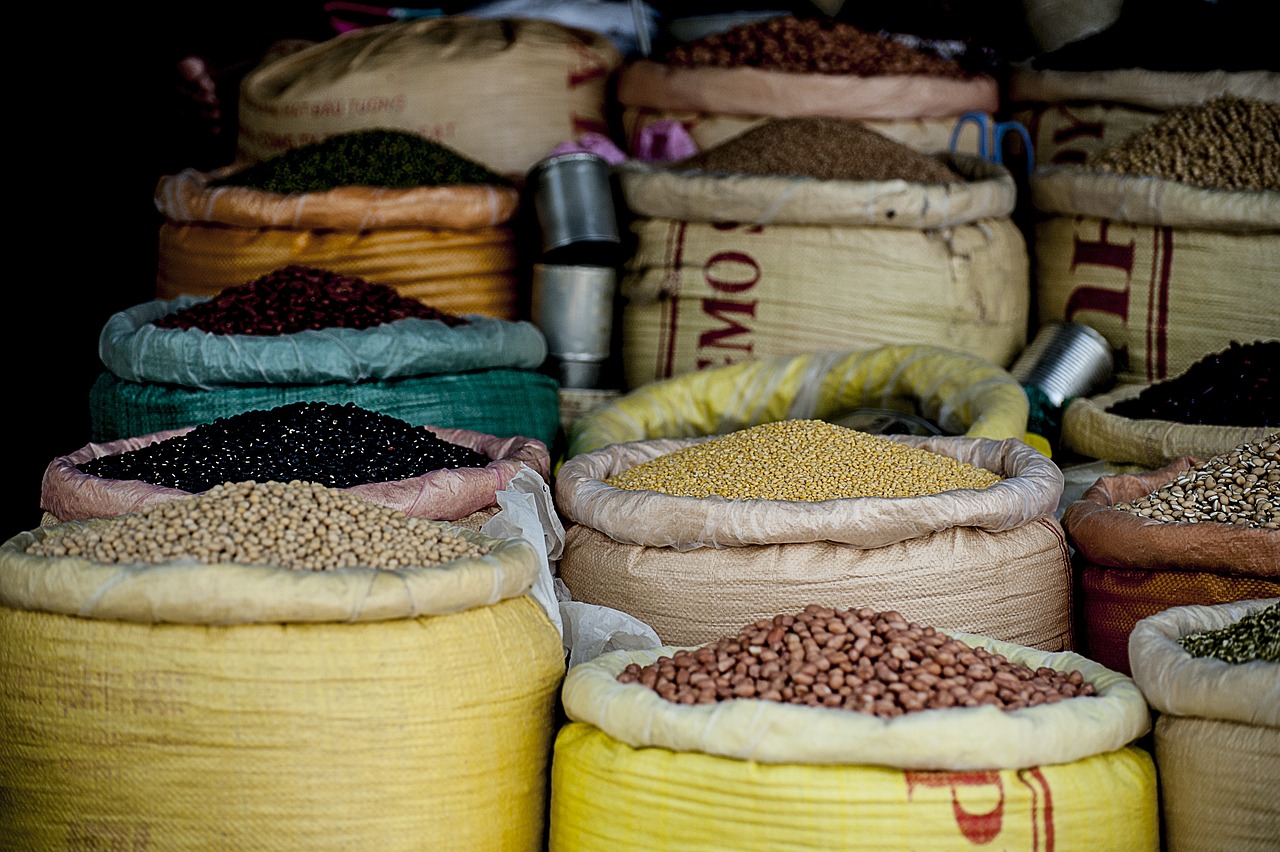Legumes are an essential and versatile group of plants that belong to the family Fabaceae, commonly known as the legume, pea, or bean family. They encompass a wide variety of species that produce pods containing seeds. Legumes are not only a vital source of food for humans and livestock but also play a significant role in sustainable agriculture and environmental conservation. This article explores the definition, types, nutritional benefits, agricultural significance, and some popular uses of legumes.
Definition and Classification
Legume are defined as plants that produce seeds in pods. They can be classified into two main categories: pulses and forage legumes. Pulses are the dry seeds of leguminous plants and include varieties such as lentils, beans, peas, chickpeas, and peanuts. Forage legumes, on the other hand, are cultivated primarily for animal feed and include clover, alfalfa, and soybeans.
Legumes can be further categorized into different types based on their characteristics:
- Beans: This category includes a wide range of varieties, such as black beans, kidney beans, and pinto beans. Beans are popular in many cuisines around the world.
- Lentils: Lentils are small, lens-shaped seeds that are rich in protein and fiber. They come in various colors, including green, brown, red, and yellow.
- Peas: Common varieties include garden peas, snow peas, and sugar snap peas. Peas are often eaten fresh or dried and are known for their sweet flavor.
- Chickpeas: Also known as garbanzo beans, chickpeas are a staple in Mediterranean and Middle Eastern cuisines and are often used to make hummus and falafel.
- Peanuts: Although commonly referred to as nuts, peanuts are legumes. They grow underground and are a significant source of protein and healthy fats.
- Soybeans: Soybeans are one of the most widely cultivated legumes globally and are used to produce various products, including tofu, soy milk, and edamame.
Nutritional Benefits
Legume are often touted as a superfood due to their impressive nutritional profile. They are rich in essential nutrients, including protein, fiber, vitamins, and minerals. Here are some of the key health benefits of incorporating legumes into your diet:
- High in Protein: what are legumes an excellent source of plant-based protein, making them a staple for vegetarians and vegans. A typical serving of legumes can provide a significant portion of the daily protein requirement.
- Rich in Fiber: The high fiber content in legumes helps promote digestive health, regulate blood sugar levels, and contribute to a feeling of fullness, which can aid in weight management.
- Low in Fat: Most legumes are low in fat, making them a heart-healthy choice. They can help lower cholesterol levels and reduce the risk of heart disease.
- Nutrient-Dense: Legumes are packed with vitamins and minerals, including folate, iron, magnesium, and potassium. These nutrients are vital for various bodily functions, including energy production and immune function.
- Blood Sugar Regulation: The low glycemic index of legume means they can help stabilize blood sugar levels, making them a good choice for individuals with diabetes.
Agricultural Significance
Legume play a crucial role in sustainable agriculture due to their ability to fix nitrogen in the soil. This process occurs through a symbiotic relationship with specific bacteria, known as rhizobia, that reside in the root nodules of leguminous plants. Here’s how legumes contribute to agricultural sustainability:
- Soil Fertility: By fixing atmospheric nitrogen, legumes enrich the soil, reducing the need for synthetic fertilizers. This not only benefits the legume plants but also subsequent crops planted in the same soil.
- Crop Rotation: Farmers often include legumes in crop rotation systems to improve soil health. Rotating legumes with cereal crops can help break pest and disease cycles while enhancing soil fertility.
- Erosion Control: The deep root systems of many leguminous plants help prevent soil erosion, particularly in hilly or sloped areas. This contributes to soil conservation and sustainability.
- Biodiversity: Legumes are crucial for maintaining biodiversity in agricultural ecosystems. They provide habitats for various organisms and support pollinators.
Popular Uses of Legumes
Legumes are incredibly versatile and are used in a variety of culinary applications around the world. Here are some popular uses:
- Culinary Applications: what are legumes are used in soups, stews, salads, and main dishes. They can be prepared in numerous ways, including boiling, roasting, and frying. Dishes like chili, lentil soup, and hummus showcase the versatility of legumes.
- Plant-Based Protein: With the rise of plant-based diets, legumes are increasingly popular as protein sources in meat alternatives. They are used to create veggie burgers, meatless meatballs, and other substitutes.
- Snacking: Roasted chickpeas and beans have become popular snacks, providing a crunchy, nutritious alternative to traditional snack foods.
- Animal Feed: Forage legume are essential for livestock feed, providing a rich source of protein for animals such as cows, sheep, and goats.
- Industrial Uses: Certain legume, such as soybeans, are processed into various products, including oils, biodiesel, and even biodegradable plastics.
Conclusion
Legume are a diverse and nutrient-rich group of plants that offer numerous health benefits and play a crucial role in sustainable agriculture. Their ability to fix nitrogen in the soil not only enhances soil fertility but also supports biodiversity and ecological balance. Whether enjoyed as part of a meal or used in animal feed, legumes are an essential component of diets and agricultural practices worldwide. With their versatility, nutritional value, and environmental benefits, legume deserve a prominent place on our plates and in our fields. Incorporating a variety of legumes into our diets can lead to improved health, greater food security, and a more sustainable food system for the future.
